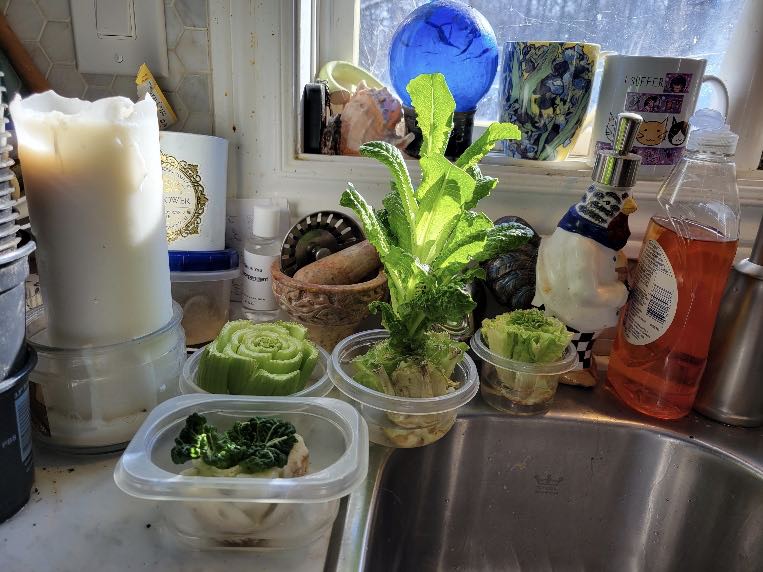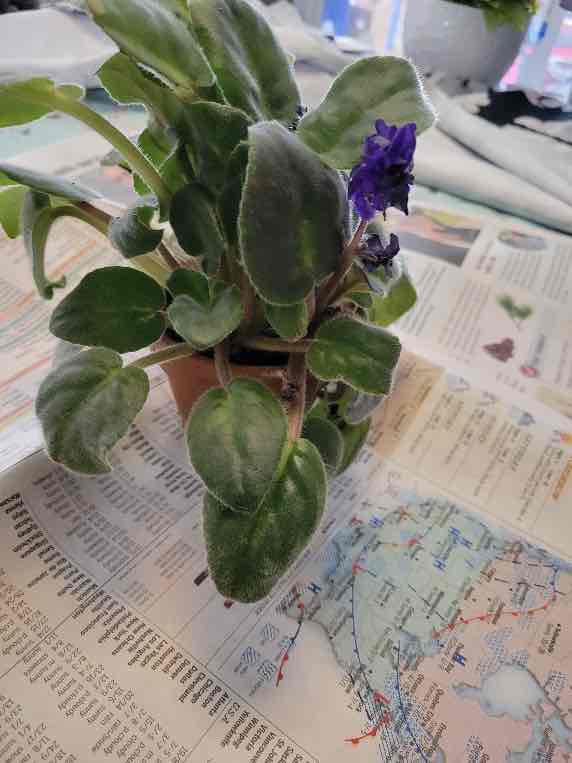Blood Orange Marmalade Recipe
I thought the Blood Orange Marmalade would be a fascinating one to try and a way to pave the way to making Seville Orange Marmalade next year. Seville oranges are only available for a very limited time.
Blood Orange Marmalade
I just finished making some Blood Orange Marmalade. I used to make Seville Orange Marmalade to share with my friend, but after she died, I have found it difficult to make; it makes me sad. I thought the Blood Orange Marmalade would be a fascinating one to try and a way to pave the way to making Seville Orange Marmalade next year. Seville oranges are only available for a very limited time.
Blood Orange Marmalade Recipe
- 5 large blood oranges
- 1 lemon
- About 2 cups sugar
Makes about 2 ½ cups
- Wash the fruit and with your vegetable peeler, peel the oranges.
- Put all the peels in a pot and add 6 cups of water.
- Simmer for about an hour.
- Cut the peeled oranges in half and squeeze them to make 1 cup of juice.
- Add ½ cup of cold water to the juice and set aside.
- Drain the peels once cooked. I like large pieces but if you don’t, then chop them up now.
- Put the peels, juice, the juice of one lemon and 1 ¾ or 2 cups of sugar.
- Bring to a boil then reduce to simmer. Cook about 30 minutes.
- Your candy thermometer should read 225 degrees (107degrees C).
- Be sure you have boiled your jars, rings, and lids. I used five of the tiny jars.
- Pour it in and seal it up and let it sit overnight. Enjoy!

Around My Garden
As I look out of my kitchen window, I see that the ravens have finished their meal of kitchen scraps on the hügelkultur, and three female turkeys have moved in. They remind me of the three witches in Macbeth. Scratch, scratch, toil, and trouble; scraps are gone, and poops are double. They are adding lots of wonderful nutrients to my hügelkultur which I can take advantage of in the spring. As well, in the kitchen, my scrap garden continues to grow. I love watching the various scraps form shoots and I can snip off bits for salads or stews. The romaine lettuce scrap is ready for a salad.

I am working on the second shelf of my plant compound as I want to plant my peppers. This exercise is taking longer than I thought because I have to rearrange the netting and situate spiky mats to discourage the too-many cats, and I will need to move several houseplants to the second shelf.
Replanting African Violet
As I was deciding on who will move, I noticed that my African violet was in need of separating. I got this plant from a Secret Santa a couple of years ago and it has grown beautifully.

The first thing I did was to remove it from the pot and gently tease the roots apart. There were three plants in there. After I separated them, I examined each plant and removed any damaged leaves or flowers. I then put potting soil into three clean pots and added the plants. Now I have plants to share!

When I wandered into the back yard to feed the chickens this morning it felt a bit like spring. The chickens came right out to greet me instead of glaring at me from inside their house. I know that we will be getting more snow and that the temperatures will go down, but it was nice to have this tiny taste. Enjoy your week. Judith.
(Email: sghorticultural@gmail.com) Veggie Bites are available at https://sghorticultural.wixsite.com/website or https://gardeningcalendar.ca/articles/veggie-bites/







Leave a Reply
You must be logged in to post a comment.